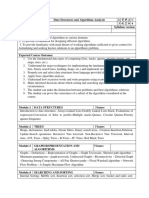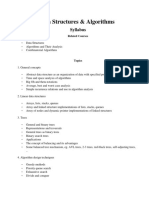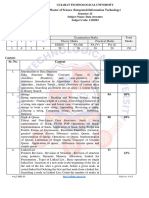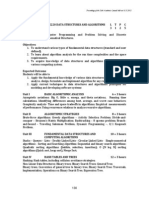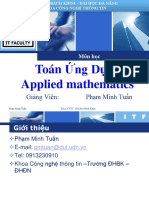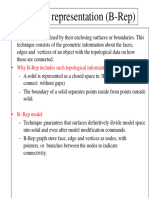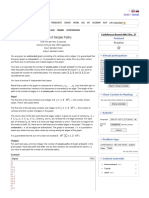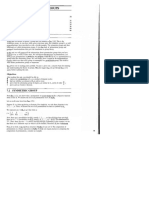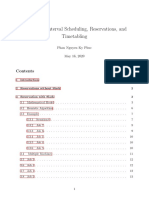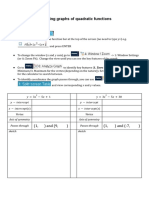0% found this document useful (0 votes)
62 views3 pagesDSA Final Syllabus
The document outlines a course on Data Structures and Algorithms, offering 6 credits with a total of 60 contact hours and a theory exam worth 65 marks. It is divided into three modules covering fundamental data structures, advanced data structures and trees, and algorithms and analysis, with specific topics and hours allocated to each. Expected learning outcomes include the ability to implement data structures, analyze algorithms, and apply various algorithmic strategies in real-world applications.
Uploaded by
rimoghoshsayanCopyright
© © All Rights Reserved
We take content rights seriously. If you suspect this is your content, claim it here.
Available Formats
Download as PDF, TXT or read online on Scribd
0% found this document useful (0 votes)
62 views3 pagesDSA Final Syllabus
The document outlines a course on Data Structures and Algorithms, offering 6 credits with a total of 60 contact hours and a theory exam worth 65 marks. It is divided into three modules covering fundamental data structures, advanced data structures and trees, and algorithms and analysis, with specific topics and hours allocated to each. Expected learning outcomes include the ability to implement data structures, analyze algorithms, and apply various algorithmic strategies in real-world applications.
Uploaded by
rimoghoshsayanCopyright
© © All Rights Reserved
We take content rights seriously. If you suspect this is your content, claim it here.
Available Formats
Download as PDF, TXT or read online on Scribd
/ 3
